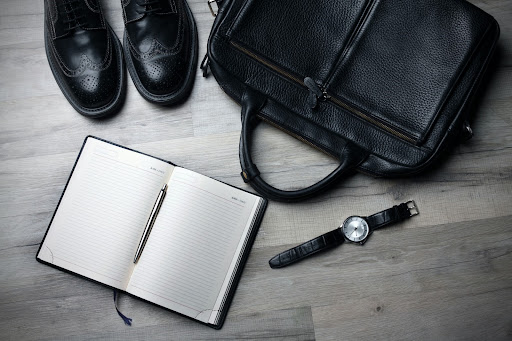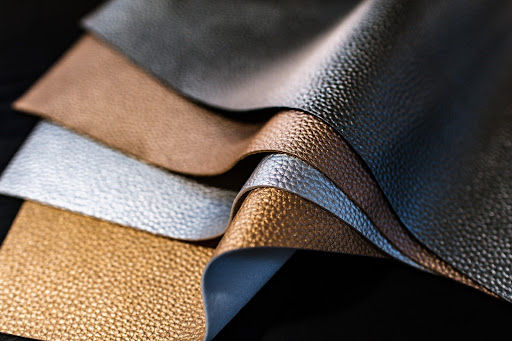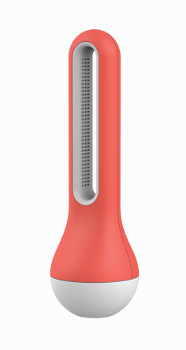
Genuine leather goods are expensive for a reason. The vegetable tanning process is time-consuming as it includes finding the right animal hide and converting it into wearable leather. This process does not use chemicals to dye the leather and instead employs natural coloring methods such as tree bark and tannin which takes from a day to 40 days to tan a single piece of leather.
Leather is a natural product that can be damaged if not stored properly. The leather may either crack or form mold and mildew if the climate of the storage is not controlled.

Both temperature and humidity are very important when storing leather goods, especially those vegetable tanned leather. This type of leather burns when exposed to indoor & outdoor lights and leave dark marks. Keeping the temperature within 65-72 ℉, room temperature and stored away from sunlight is advisable to avoid from cracking.
As for humidity, it must be within 50-55%. The storage must not be in damp basements or closets and not wrapped in plastic to avoid mold and mildew growth. Mold damage is oftentimes permanent so it’s better to do all the dos and don’ts to avoid future problems.

AirComfort tracks both temperature and humidity making it possible for you to take care of your leather goods before it’s too late. On the App, you can set a particular range for temperature and humidity to monitor if the value goes above or below set range. With AirComfort, your goods are happy and so are you.